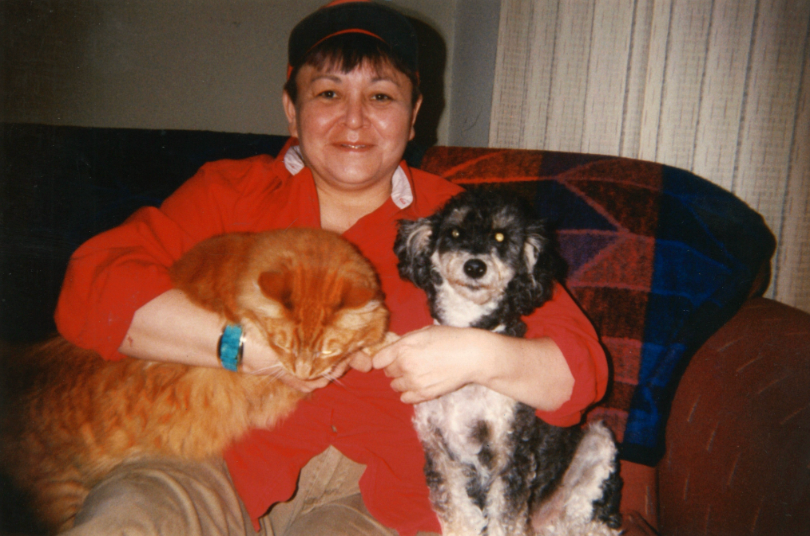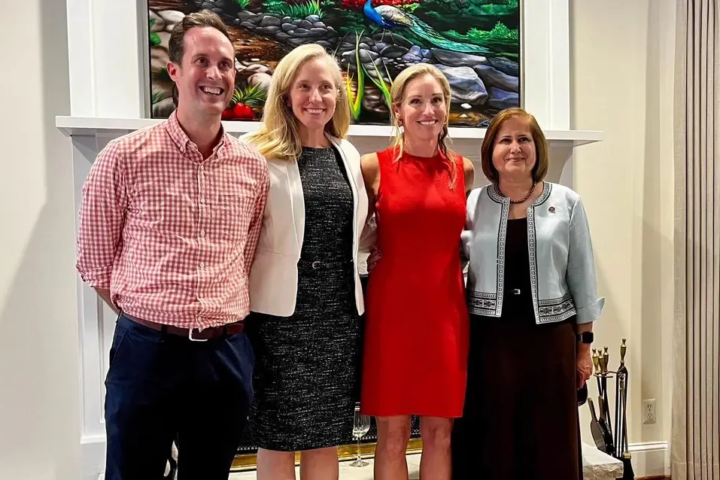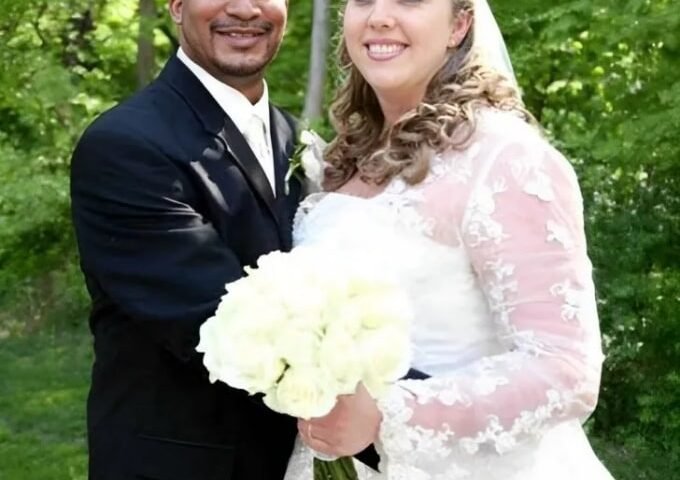In the rich tapestry of activists who have fought for the rights and visibility of Indigenous and LGBTQ+ communities, Barbara May Cameron stands out as a particularly vibrant thread. Born in 1954 on the Fort Berthold Reservation in North Dakota and a member of the Hunkpapa Lakota, Cameron’s life was a testament to resilience, advocacy, and the power of speaking one’s truth. This blog post delves into the life, legacy, and enduring influence of Barbara May Cameron, whose work continues to inspire and resonate within and beyond the communities she championed.
Barbara May Cameron Early Life and Advocacy:
Barbara May Cameron’s journey was shaped by her experiences as a Native American woman and a member of the LGBTQ+ community. Facing the dual challenges of racial and sexual discrimination, Cameron dedicated her life to activism, focusing her efforts on AIDS education, Indigenous peoples’ rights, and LGBTQ+ advocacy. Her work was pioneering, carving out spaces for voices that had been marginalized and silenced.
A Champion for Health and Education:
Cameron’s activism was notably impactful in the realm of health education, particularly concerning HIV/AIDS. At a time when the epidemic was shrouded in stigma and misinformation, Cameron stood as a beacon of truth and compassion. She was among the first to address the impact of HIV/AIDS on Indigenous communities, advocating for education, prevention, and care in a culturally sensitive context. Her efforts not only saved lives but also broke down barriers of silence and shame that surrounded the disease.
Advancing LGBTQ+ Rights within Indigenous Communities:
Cameron’s work also focused on the intersectionality of Indigenous and LGBTQ+ identities. She was a co-founder of the Gay American Indians (GAI), an organization that sought to provide a supportive community for Indigenous individuals navigating the complexities of their sexual and cultural identities. Through GAI and her broader activism, Cameron fought for the recognition and respect of “Two-Spirit” individuals, a term that encompasses a variety of non-binary gender roles traditional to many Indigenous cultures.
Legacy and Memory:
Barbara May Cameron’s legacy is one of courage, compassion, and unwavering commitment to justice. Through her advocacy, writing, and public speaking, she touched the lives of many, leaving behind a body of work that continues to educate and inspire. Her voice, once a solitary cry in the wilderness, has been joined by a chorus of others who carry forward her mission of equality, health, and visibility for all.
Impact on Future Generations:
The ripple effects of Cameron’s activism can be felt in the increased visibility of Two-Spirit individuals within Indigenous communities and the broader LGBTQ+ movement. Her pioneering work in HIV/AIDS education has paved the way for ongoing efforts to combat the epidemic, particularly in marginalized populations. As we continue to grapple with issues of rights, health, and identity, Cameron’s life reminds us of the power of individual agency to effect change.
Conclusion:
Barbara May Cameron’s life was a testament to the power of resilience, advocacy, and the pursuit of justice. Her legacy serves as a beacon for current and future generations, illuminating the path toward a more inclusive, understanding, and compassionate world. As we reflect on her contributions, let us be inspired to continue the work she began, carrying forward the torch of activism in our own lives and communities.
In remembering Barbara May Cameron, we celebrate not only her achievements but also the enduring impact of her spirit. Her life challenges us to see beyond our differences, to find strength in our identities, and to advocate tirelessly for the rights and dignity of all.





